
A recent publication by the National Institute for South China Sea Studies:
…takes an updated look at the U.S. military presence in the Asia-Pacific region from the Chinese perspective, a viewpoint that Westerners rarely see laid out in such a clear and concise fashion.
Let's start with some background as presented by the report. The authors open by noting that during the Cold War, the United States global strategy in the Asia-Pacific region aimed to contain the Soviet Union's expansion in Asia by building a system of bilateral alliances (i.e. Japan, South Korea etcetera). When the Cold War ended in the early 1990s, Washington felt less threatened and began to withdraw some of its troops posted in Asia to address domestic economic and social issues. During the later 2010s, as Washington began to wind down its anti-terrorist agenda put in place during the Bush II Administration, it was during the Obama Administration that the United States gave more prominence to the Asia-Pacific region by introducing two concepts; the "pivot to Asia" and the "rebalancing toward the Asia-Pacific region". Evidence of this rebalancing included positioning 60 percent of U.S. Air Force and Navy forces in the region, equipped with some of the most advanced weapons platforms. Defense co-operation was stepped up with Australia, the Philippines, India, Singapore, Myanmar, Indonesia and Vietnam. The United States became a party to the Treat of Amity and Cooperation (TAC) in Southeast Asia, bringing its relations with the Associated of Southeast Asian Nations (ASEAN) to a higher level. During the Obama Administration, Washington pushed for the Trans-Pacific Partnership (TPP) with the goal of engaging in geo-economic competition with China. The Trump Administration has carried the concept of competing with China further, creating a "great-power competition" similar to what was seen during the Cold War, expanding its Asia-Pacific security strategy into a new Indo-Pacific strategy that the authors view as a return to the Cold War. In 2017, the Trump Administration announced three ways that the United States could uphold order in the Asia-Pacific; strengthening alliances, defense cooperation and American military capabilities. In October 2017, Rex Tillerson first used the term "Indo-Pacific" rather than "Asia Pacific" in a speech on U.S. relations with India. This suggests that Washington now views the vast geopolitical landscape composed of the Indian Ocean and the Western Pacific as well as the nations that surround these bodies of water as their "playground".
The Trump Administration has outlined four challenges in the Indo-Pacific region:
1.) China as a revisionist power
2.) Russia as a revitalized malign actor
3.) North Korea as a rogue state
4.) the prevalence of transnational challenges in the Indo-Pacific including terrorism, illicit arms, drug trade, human and wildlife trafficking and piracy
The Trump administration has also outline the four major objectives of its National Security Strategy:
1.) defend the homeland
2.) remain the world's preeminent military power
3.) ensure that the balance of power in key regions remains in the United States' favour
4.) advance an international order that is most conducive to its security and prosperity
Washington will achieve these goals in three ways:
1.) modernizing its military to enhance its lethality, resilience, agility and readiness. It will also strengthen
2.) expanding its security alliances and partnerships with nations in the Indo-Pacific as shown on this map:
3.) promoting a networked and more integrated region to deter aggression, maintain stability and ensure free access to common domains.
With that background, let's look at China's assessment of the U.S. military presence in the Indo-Pacific. According to the authors of the report, the United States has the following military contingent in the region; 375,000 enlisted members with 85,000 forward deployed soldiers (28 percent of the entire U.S. military forces), 60 percent of its Navy ships, 55 percent of its Army and 66 percent of its Marine Corps. As well, it has hired 38,000 civilian staff members for the region.
Here is a map showing the main locations of U.S. Indo-Pacific Command Forces:
The United States has 1081 military bases and posts in the Asia-Pacific as shown on these two tables:
Here is a table showing the armies of the major military powers in the Asia-Pacific (excluding China):
The report goes on to look at the United States military supremacy in the Asia-Pacific and why it will be so difficult for other nations to overtake U.S. military supremacy in the region for the foreseeable future as shown in this quote:
"The United States has an overwhelming lead in military expenditures among the major military powers in the Asia Pacific; in fact, its budget far exceeds the combined military outlay of China, Russia, India, Japan and South Korea. The U.S. military supremacy is underpinned by this enormous spending. Due to major adjustments brought about by its Indo-Pacific strategy and the needs of its great-power competition with China and Russia, the U.S. defense budget for FY 2020 reared a record of $738 billion."
The authors of the report look at the current status of the military relationship between the Trump Administration and China. During 2018, the tensions between the two countries began to rise as the United States prohibited China's participation in the Rim of the Pacific Exercises (RIMPAC) exercises because of its "continued militarization in the South China Sea". China views the RIMPAC exercises as a means of enhancing mutual trust between the two nations and a means of avoiding unplanned accidents at sea. Further tensions were created when the U.S. Department of State announced that it would impose sanctions on China's Central Military Commission for purchasing defense equipment from Russia in September 2018. One of the issues that repeatedly crops up is Washington's use of territory disputes to justify its aggression in the Indo-Pacific region; these disputes result in open multinational and bilateral military operations including training and drills of its aircraft carrier strike groups, amphibious ready groups and strategic bombers. In total, American forces were involved in 16 multilateral exercises and 19 bilateral exercises in 2018, 23 multilateral exercises and 39 bilateral exercises in 2019 and 4 multilateral exercises and 16 bilateral exercises between January and April 2020 in the Asia-Pacific.
Here is a very small sampling of both multilateral and bilateral exercises:
…Freedom of Navigation Operations (FONOPs) as shown here:
…and its interference in the affairs of Taiwan (which China regards as part of its territory) through the use of warships transiting the Taiwan Straits as shown here:
….and through the use of Freedom of Navigation Operations taking place in the South China Sea as shown here:
Despite these and other issues, the authors of the report claim that China does not regard the U.S. as a potential rival nor does it envisage a new cold or hot war with the United States, in sharp contrast to the Pentagon which has clearly identified China as a potential adversary that intends to replace the United States as the dominant global power, even more threatening that Russia.
In conclusion, the report states the following:
"China has the following position in dealing with its military relations with the U.S.; it actively and properly handles its military relationship with the U.S. in accordance with the principles of non-conflict, non-confrontation, mutual respect and win-win cooperation. It strives to make the military-to-military relationship a stabilizer for the relations between the two countries and hence contribute to the China-U.S. relationship based on coordination, cooperation and stability."
I would encourage you to read the entire report which you can find here. It provides us with some fascinating insight on how "the other side" of this looming conflict has perceived Washington's agenda for its own backyard and why China's leadership could perceive America's actions as a threat to its own stability.
Click HERE to read more from this author.
You can publish this article on your website as long as you provide a link back to this page.

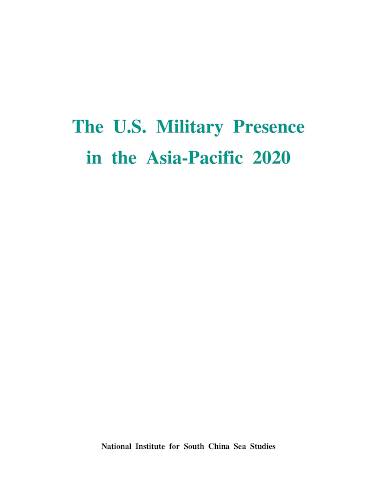
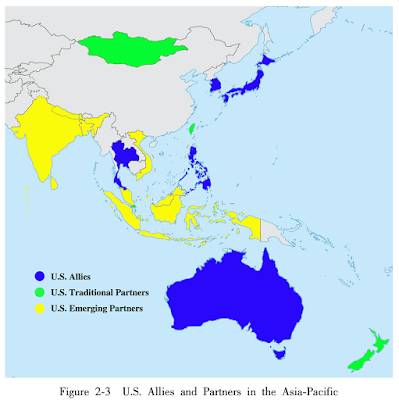
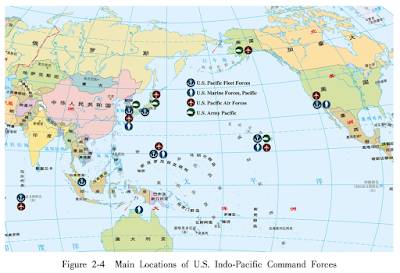
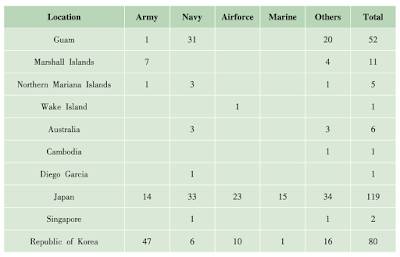
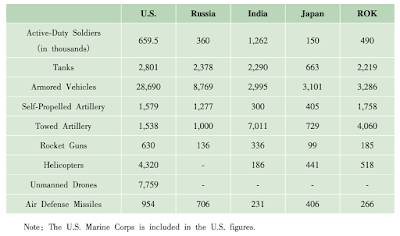
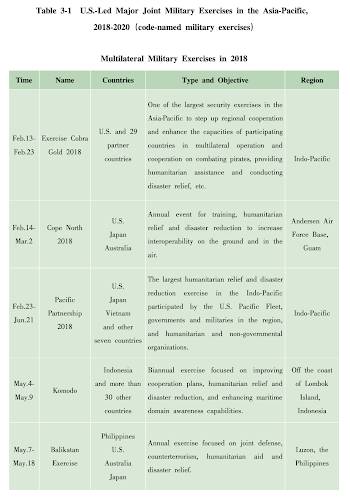
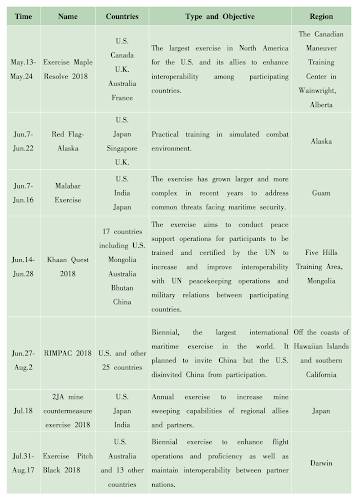
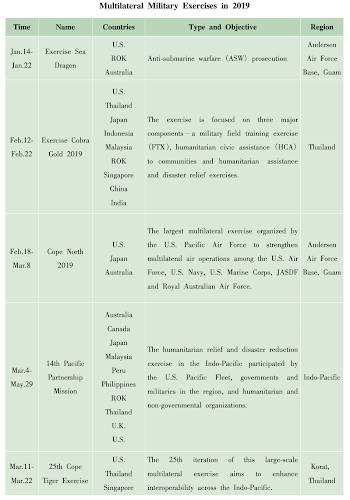
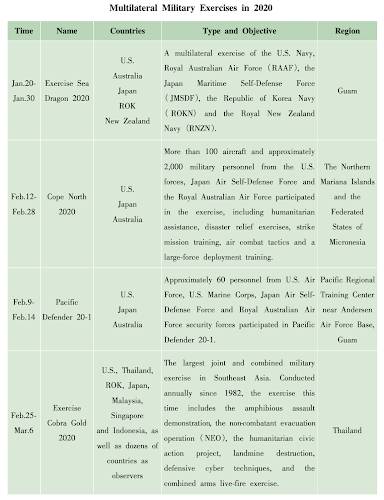
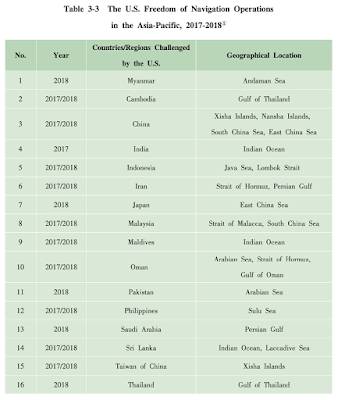

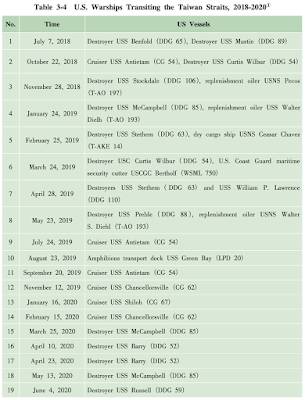
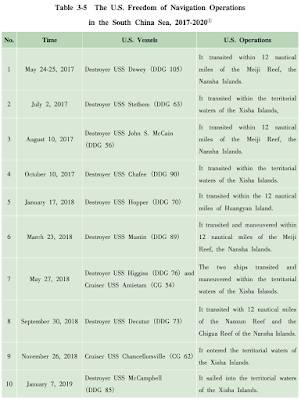
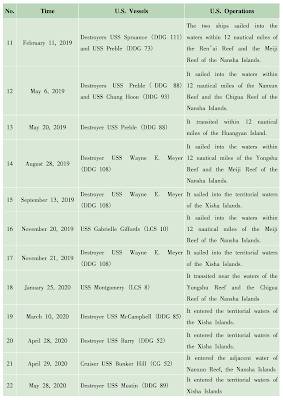
Be the first to comment